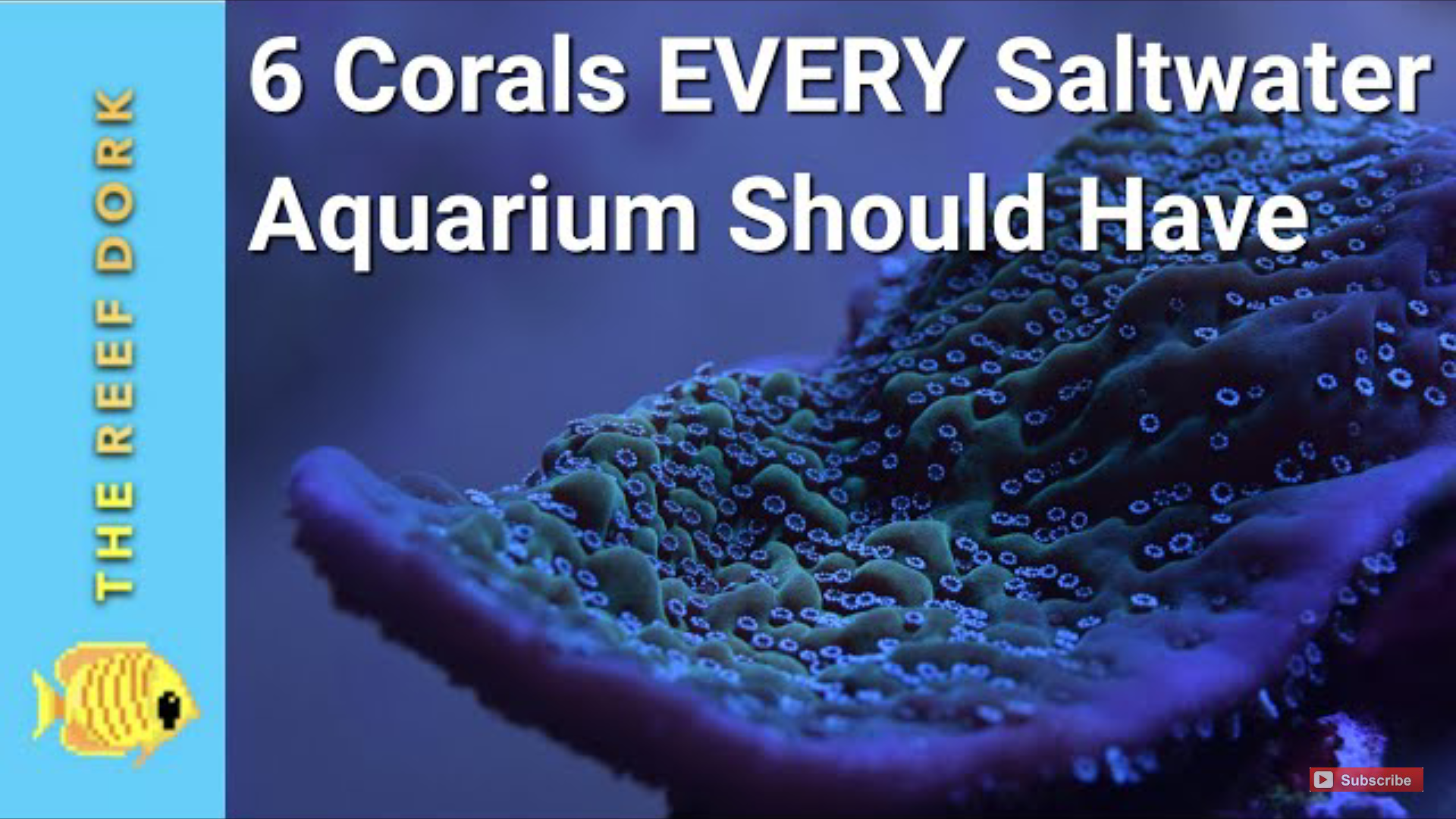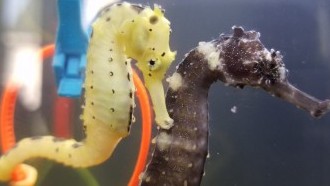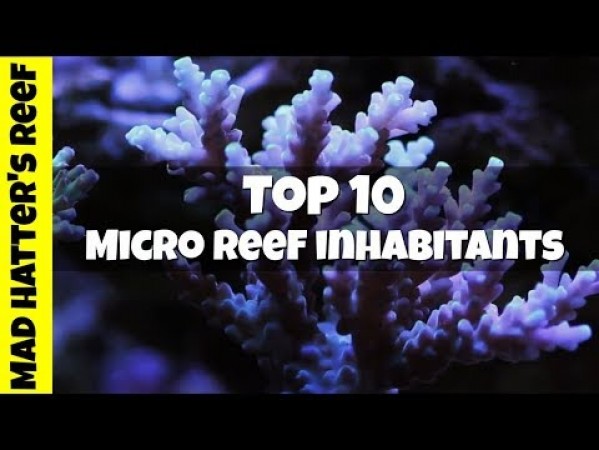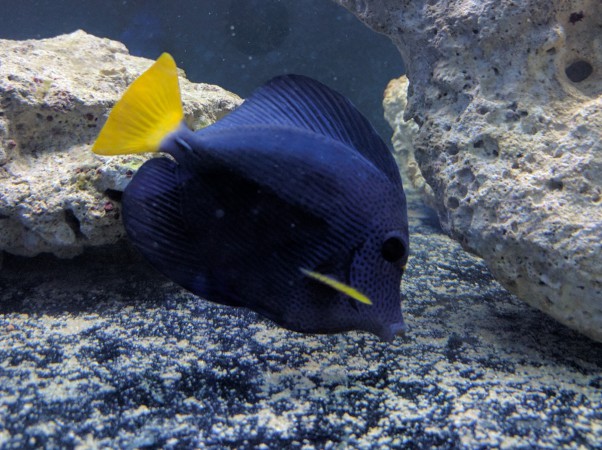- Name:
Chameleons Acan
(View AKA's) - Family: Mussidae
- Species: Acanthastrea
- Scientific Name: Acanthastrea sp
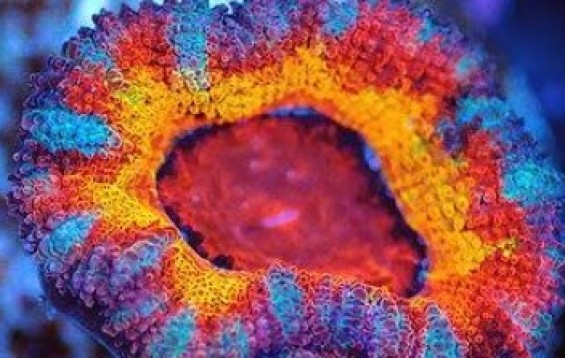

General info about Chameleons Acan
Stay within the range:
- Calcium: 400 - 450 ppm
- Alkalinity: 3.2 - 4.8 MEQ/L
- Phosphates: 0
- Magnesium: 1200 - 1350
- Strontium: 8 - 10
- Temperature: 76° - 83° F (24° - 28° C)
- Salinity / Specific Gravity: 1.023 - 1.025
Chameleons Acan Diet & Nutrition
In the wild, Chameleons Acan has developed a symbiotic feeding relationship with marine algae called zooxanthellae. But in captivity, you have to feed them with nanoplankton or dissolved organics.
Fragging / Propagating Chameleons Acan
A mature tank is highly recommended in propagating Chameleons Acan. Thriving them with fish is recommended as fish excretes nitrogen that can sustain the coral's growth.
Flow / Lighting Requirements for Chameleons Acan
Chameleons Acan does not need a high flow rate and intense light. Giving them moderate lighting allows the Chameleons Acan to spread their polyps thereby allowing them to feed. Too much light will cause the polyps to be retracted.
Caution Should be Taken with Chameleons Acan
Except for their kind, Chameleons Acan is aggressive towards other species. During the night, they extend their tentacles and sting nearby corals. It is recommended to observe proper spacing between corals. Further, they have the tendency to be overpowered with soft corals and will die especially if soft corals outnumber them.
How to Acclimate Chameleons Acan
Chameleons Acan is purely marine. So, therefore, salinity must be maintained thoroughly at 1.023 to 1.025 specific gravity.
Stinging Tentacles on Chameleons Acan
During the night, they extend their tentacles and sting nearby corals.
Original Detail
| Name | Species | Family | Scientific Name | More Detail | Added by |
|---|---|---|---|---|---|
| Chameleons Acan | Acanthastrea | Mussidae | Acanthastrea sp | Stay within the range:
|
PalaciosAn |
Changed by users
| Submitted Date | Submitted By | Status | Action |
|---|


